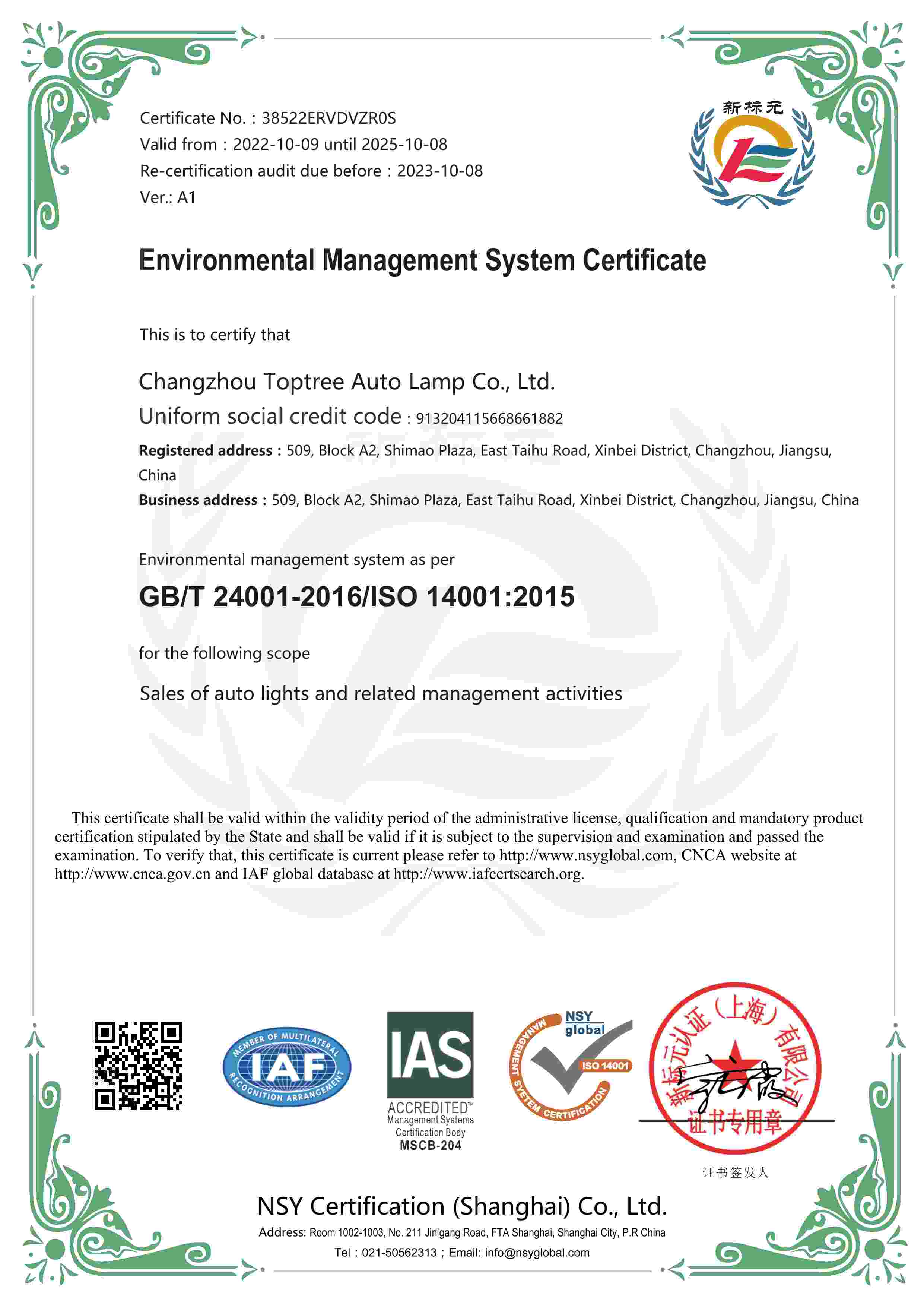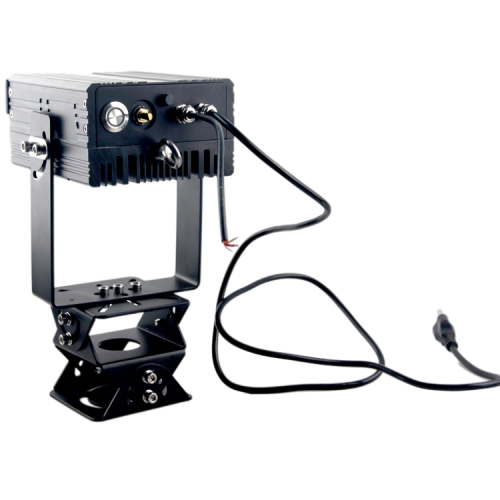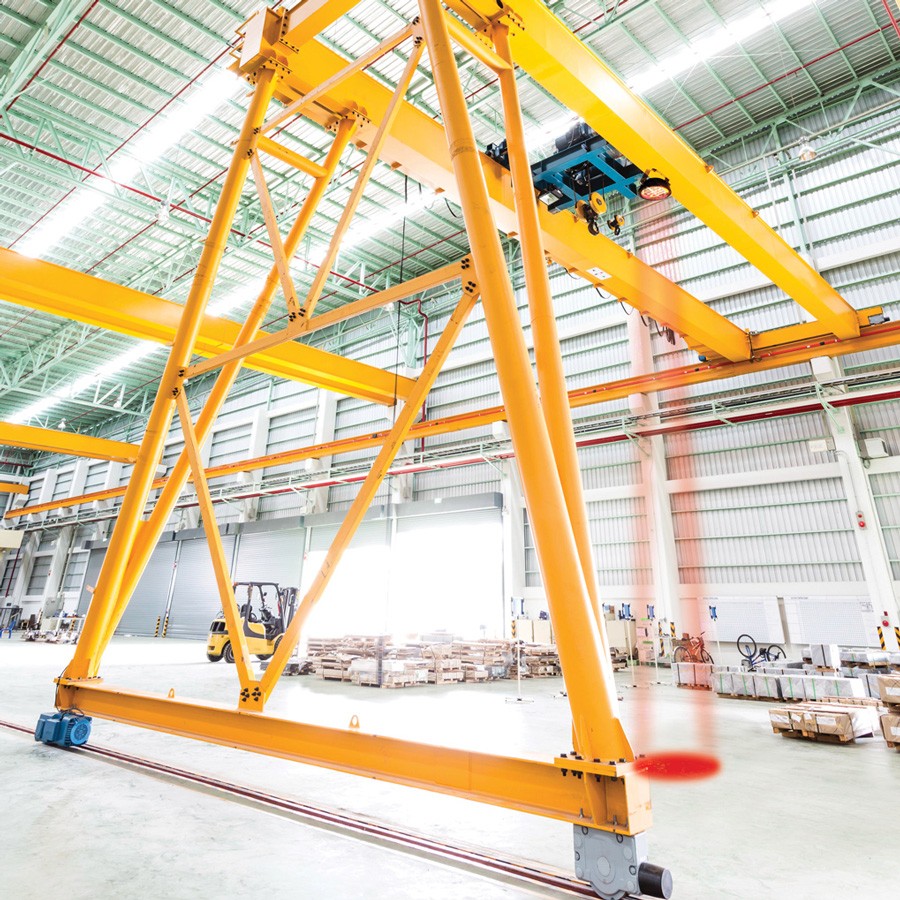TOPTREE | What Safety Signs Should Use To Help Keep Your Workers Safe?
28/04/2022The accurate interpretation of safety signs is crucial to prevent injuries and save lives. OSHA has set industry standards that clearly define what a safety sign is,
how it should be used, and where it should be placed. However, when it comes to deciding whether to use a sign or a label to convey a message, OSHA leaves that
part up to you.
Every facility will have different priorities and constraints when it comes to choosing safety labels and signs. It may often require experimentation with different kinds
of materials and designs to determine what is most effective, but these basic definitions apply:
Safety labels are most commonly made of an adhesive-backed vinyl material to apply directly to a surface
Safety signs are constructed from a hard backed material designed to attach to walls, doors, fencing, and more
These definitions are not set in stone. To help choose between a safety label or safety sign, get a breakdown of the most important factors to consider.
How to Choose Between a Label and Sign
OSHA does not specify whether a sign or label should be used to communicate vital safety information, just as long as the message is communicated in an obvious, long-lasting, and legible way.
Labels are most commonly made to convey identification or instruction. They are typically made of an adhesive vinyl material to instantly peel and apply directly to a surface. This makes labels convenient to apply to a variety of items and areas for inventory labeling, product packaging, identifying tools and materials in a warehouse or office, and equipment instructions and warnings for machine guarding, lockout/tagout (LO/TO), and much more.
The main drawback of generic labels is that they are temporary and need to be replaced often. The adhesive will likely corrode and text will fade when exposed to light and moisture, which makes them ideal for work environments that have little to no exposure to harsh elements.
However, labels made with premium vinyl label stock material provide lasting durability to keep labels intact in a variety of environments without fading or peeling away from UV light, moisture, or chemicals. There is a variety of other labeling supplies that are engineered for use in specific environments including low/high temperatures, laboratories, electronics, and more. Labels can also be applied to difficult areas like piping systems and valves using tag stock that provides a rigid backing.
Signs consist of a hard-backed material for durable, long-lasting messages that can be hung or mounted onto many surfaces. They can be used to create large wayfinding messages, safety instructions and procedural signs for a variety of workspaces, and other general facility signs that need to remain intact in work environments with different degrees of exposures.
The drawback to signs is that they are a bigger investment due to their often bigger size, higher-quality material, and more complex design elements like graphics and specialized text.
Factors to Consider
The following factors will assist you to determine whether a sign or label will be the best choice for your needs:
What kind of environment will the message be in? Will there be minimal industrial and environmental exposures, or will the message likely come into contact with light, moisture, solvents, chemicals, or other materials?
How durable must your message be? Can the material be flexible or must it remain rigid?
Will the message be indoors or outdoors?
Who needs to see this message and where? Consider the amount of information you need to convey. It is important to ensure your messages remain clear and legible to viewers at all times.









